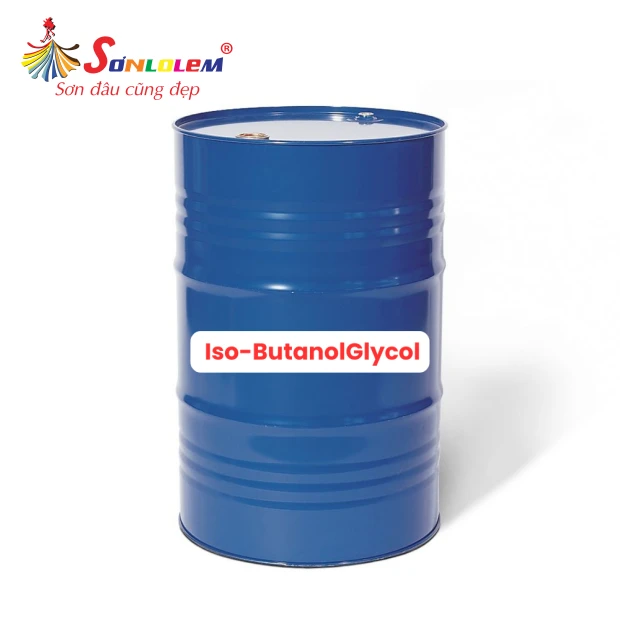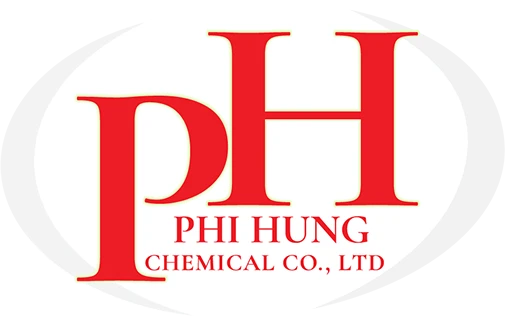

Iso Butanol
Solvent name: Isobutanol (IBA) Other name: Isobutyl alcohol specifications: 167kg/drum Origin: Malaysia (Petronas)
Product information:
Other names: Fermentation butyl alcohol, 1-hydroxymethylpropane, Iba, Iso-butyl alcohol, 1-isobutanol, Isobutyl alcohol, Isopropyl carbinol, Isopropylcarbinol, 2-methyl propanol, 2-methyl propyl alcohol, 2-methyl-1-propanol, 2-methylpropan-1-ol, 2-methylpropyl alcohol, 1-propanol, 2-methyl
Molecular Model:
1. Physical and Chemical Properties
- Molecular weight: 74.122 g/mol
- Appearance: Colorless liquid
- Density: 0.802 g/cm³
- Freezing point: -101.9°C
- Boiling point: 107.89°C
- Solubility in water: 87 ml/L
- Vapor pressure: 1.39 kPa
- Viscosity: 3.95 cP at 20°C
2. Description
Iso-Butanol (isobutyl alcohol) is a useful organic compound, a chemical intermediate, and a solvent in coating applications. Isobutanol is similar to n-butyl alcohol and can be used as a supplement or replacement for n-butyl alcohol in many applications. As a relatively slow-evaporating solvent in lacquers, isobutanol effectively reduces viscosity.
Iso-Butanol is an organic compound with the formula (CH₃)₂CHCH₂OH. It is a colorless, flammable liquid with a characteristic odor, mainly used as a solvent. Its isomers include n-butanol, 2-butanol, and tert-butanol, all of which are important industrially. It can mix with all common solvents, such as alcohols, ketones, aldehydes, ethers, glycols, and aromatic and aliphatic hydrocarbons. However, its solubility in water is limited.
3. Production
Isobutanol is produced by the carbonylation of propylene. There are two industrial production methods for isobutanol:
- Hydroformylation method: The most common method, producing a mixture of isobutyraldehydes, which are then hydrogenated to alcohols and separated.
- Reppe carbonylation method: Less commonly used.
4. Applications
Iso-Butanol has a wide range of technical and industrial applications, including:
- Solvent for printing inks
- Extraction agent in the production of pharmaceuticals and natural substances such as antibiotics, hormones, vitamins, alkaloids, and camphor
- Additive in paints and cleaning agents, such as floor cleaners and stain removers
- Solubilizer in the textile and electronics industries, e.g., an additive in fiber spinning baths or a conductive solvent for plastic dyes
- Additive in de-icing fluids
- Additive in gasoline for spark-ignition engines (prevents carburetor icing)
- Mobile phase in paper and thin-layer chromatography
- Humectant for cellulose nitrate
- Feedstock for glycol ether production (reacting with ethylene or propylene oxide)
- Feedstock for flotation aids (e.g., isobutyl xanthate)
- Raw material for corrosion inhibitors and anti-corrosion agents
- Additive in motor oils, such as zinc diisobutyl dithiophosphate
- Raw material for isobutyl acetate production, used in lacquer coatings and as a food flavoring agent
- Precursor for esters – Isobutyl esters such as diisobutyl phthalate (DIBP) are used as plasticizers in the production of plastics, rubber, and dispersions
- Precursor for p-xylene, a key building block for plastic bottles, textiles, and clothing
- Paint solvent
- Paint stripper
- Gasoline additive
- Car polish additive
- Potential gasoline replacement
5. Safety Measures
- Skin protection: Wear appropriate protective clothing to prevent skin contact.
- Eye protection: Wear proper eye protection to avoid eye contact.
- Skin washing: Workers should immediately wash their skin upon direct contact.
6. Storage and Handling
NOTE: Isobutanol has a very low flash point. Using water spray for fire suppression may not be effective.
- Remove all ignition sources (no smoking, strong lights, sparks, or open flames) in areas containing the chemical.
- All equipment used for handling must comply with safety regulations.
- Avoid touching or stepping on spilled chemicals.
- Stop leaks if possible without risk.
- Prevent release into water sources, drainage systems, basements, or confined areas.
- Vapor suppression foams may be used to control vapor spread.
- Clean up spills by covering with dry earth, sand, or non-combustible material and transfer to a safe location.
- Use non-sparking tools for cleanup.
7. Health Warnings
- Eye contact: Extremely irritating and may cause burns.
- Inhalation: Vapors cause irritation to the nose and throat.
- High concentrations may cause: Nausea, dizziness, headaches, and stupor.


 Tiếng Việt
Tiếng Việt